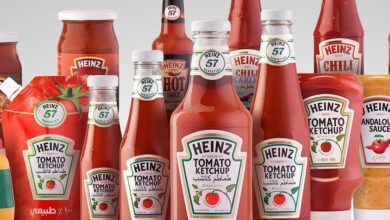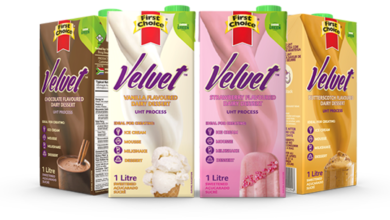10 Ways South African SMEs Can Develop Effective Crisis Management Plans

In today’s dynamic business environment, crisis management is not just a proactive strategy but a necessity for ensuring resilience and continuity. Small and Medium Enterprises (SMEs) in South Africa can benefit significantly from developing robust crisis management plans to navigate unforeseen challenges effectively. Here are ten essential steps to help SMEs in South Africa develop and implement effective crisis management strategies:
1. Conduct a Risk Assessment
Begin by identifying potential risks and vulnerabilities specific to your business and the South African context. Consider economic fluctuations, political instability, natural disasters, cybersecurity threats, and industry-specific risks. This assessment forms the foundation for your crisis management plan.
2. Establish a Crisis Management Team
Formulate a dedicated crisis management team comprising key personnel from various departments. Assign roles and responsibilities clearly, including a spokesperson for external communications. Ensure team members are trained in crisis response protocols and have access to necessary resources.
3. Develop a Communication Plan
Effective communication is critical during a crisis to maintain trust and transparency with stakeholders, including employees, customers, suppliers, and the community. Outline communication channels, protocols for internal and external communications, and prepare templates for crisis messages.
4. Identify Key Stakeholders
Identify and prioritize stakeholders who are critical to your business’s operations and reputation. Establish relationships proactively and develop strategies to engage with stakeholders during a crisis. Consider their concerns and needs when formulating response strategies.
5. Create Contingency Plans
Develop contingency plans for various crisis scenarios identified during the risk assessment. Include procedures for business continuity, supply chain disruptions, IT failures, legal issues, and workforce management. Test these plans through simulations or tabletop exercises regularly.
6. Ensure Regulatory Compliance
Understand regulatory requirements and compliance obligations specific to South Africa. Ensure your crisis management plan aligns with legal frameworks, industry standards, and data protection regulations. Stay updated on any changes in legislation that may impact crisis response.
7. Secure Financial Resilience
Maintain financial stability by building reserves or securing access to emergency funding sources. Review insurance coverage to mitigate financial losses from crises such as property damage, business interruption, or liability claims. Develop financial contingency plans to sustain operations during disruptions.
8. Leverage Technology and Data Security
Invest in robust IT infrastructure, cybersecurity measures, and data backup systems to protect sensitive information and maintain operational continuity. Implement protocols for data breach response and recovery. Stay vigilant against emerging cyber threats.
9. Foster Employee Preparedness
Educate and train employees on crisis management protocols, safety procedures, and their roles during emergencies. Encourage open communication and empower employees to report potential risks or incidents promptly. Provide psychological support resources for employees affected by crises.
10. Review and Improve Continuously
Regularly review and update your crisis management plan based on lessons learned from simulations, post-incident evaluations, and feedback. Adapt strategies to address emerging threats and changes in the business environment. Foster a culture of resilience and proactive risk management within your organization.
By proactively developing and implementing a comprehensive crisis management plan, South African SMEs can enhance their ability to mitigate risks, protect assets, and maintain business continuity during challenging times. Investing in preparedness today can safeguard your business’s reputation, sustainability, and long-term success in the dynamic South African market landscape. Embrace these ten steps to build resilience and effectively manage crises, positioning your SME for sustainable growth and resilience in the face of adversity.



